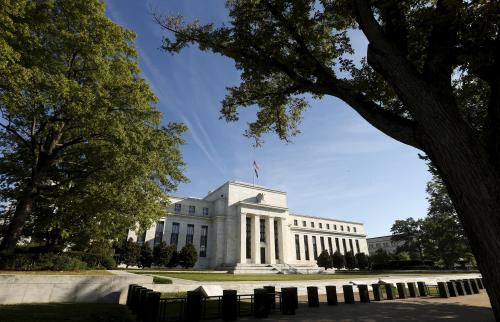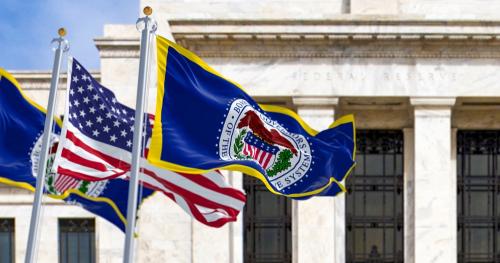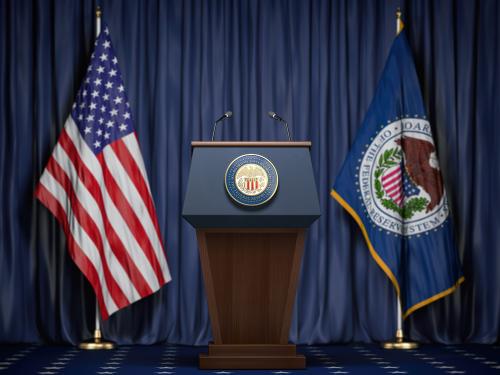This article originally appeared in the Wall Street Journal Central Banking Pro on August 14, 2018.
The other day on CNBC I got a predictable question: With ripple effects from Turkey’s economic woes infecting other emerging markets, will the Federal Reserve reconsider plans to raise interest rates a couple more times this year? When central bank Chairman Jerome Powell asks the Fed staff to respond to that question, someone is certain to recall how the Fed reacted to the Asian financial crisis.
For 18 months, the Fed hadn’t reacted to the widening turmoil, but as the virus spread from Thailand to Brazil to Russia, then-Chairman Alan Greenspan declared in September 1998: “It is just not credible that the United States can remain an oasis of prosperity unaffected by a world that is experiencing greatly increased stress.”
At the end of that month, Fed staff told the Federal Open Market Committee that the “financial tumult” was of “such a magnitude” that they were forecasting a sharp deceleration in U.S. economic growth.
The Fed cut interest rates then even though unemployment was a low 4.5 percent and there were worries about inflation. It cut rates twice more that year.
But six months later, citing the economy’s “remarkable dynamism,” the staff marked up its forecast. As the U.S. shrugged off the emerging-market crisis (and the collapse of hedge fund Long-Term Capital Management), the Fed reversed course and raised rates three times in 1999.
With the benefit of hindsight, it is now clear the Fed had overreacted by cutting rates.
With the benefit of hindsight, it is now clear the Fed had overreacted by cutting rates. As David Stockton, then the Fed’s chief forecaster, later recalled, “Part of our mistake in 1998 was a failure to appreciate just how strong the U.S. economy was as we entered that period.”
Yet Mr. Greenspan had no regrets. The Fed, he wrote later in his memoir, reasoned that an “unlikely but potentially destabilizing event” was a greater threat than the inflation that might follow easier monetary policy.
Mr. Powell and his colleagues may soon have to make a similar judgment. The U.S. economy is at or near full employment and seems to have substantial momentum, fueled, in part, by some untimely fiscal stimulus. Inflation appears to be closing in on the Fed’s 2 percent target. So there is a case for continuing to raise rates from today’s still-low levels.
But the Fed will be watching to see how global developments affect the outlook for the U.S. economy. If the emerging-market turmoil intensifies and depresses U.S. financial markets, if China’s big economy slows, and if President Trump’s trade war damages U.S. business confidence and the near-term outlook for the U.S. economy, Mr. Powell may consider deferring a rate increase or two to see how events unfold.
The Brookings Institution is committed to quality, independence, and impact.
We are supported by a diverse array of funders. In line with our values and policies, each Brookings publication represents the sole views of its author(s).




Commentary
Op-edFor the Fed, is it 1998 all over again?
August 15, 2018